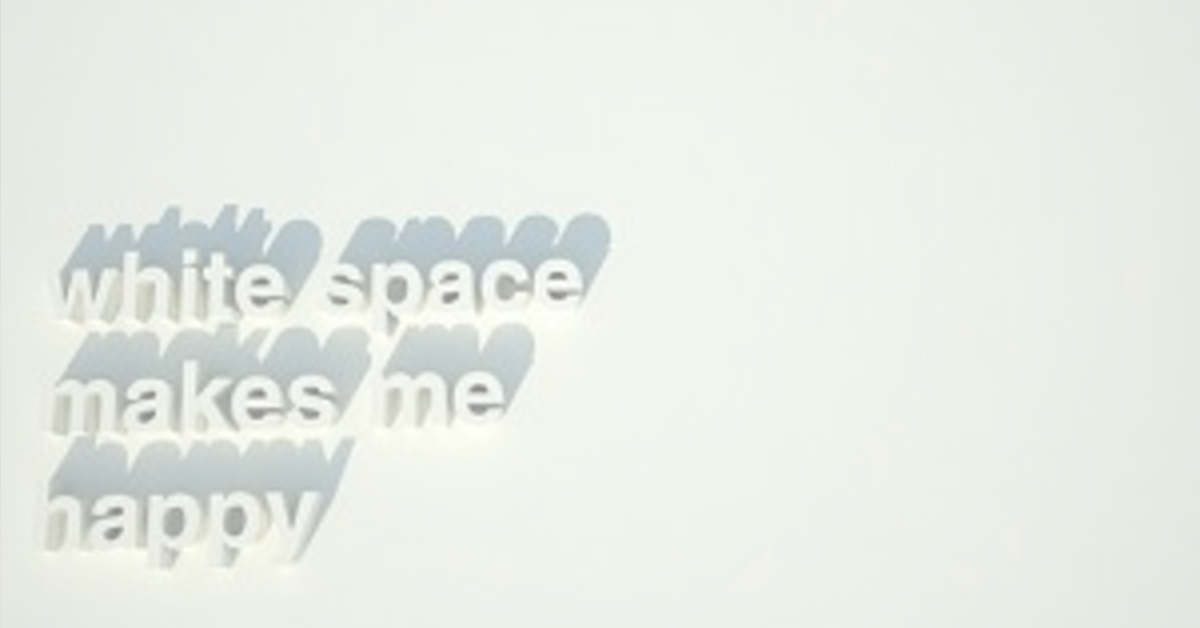When your web design is a disheveled, hard-to-read mess, it turns visitors off. One way to keep your site design easy to decipher and read is to make appropriate use of white space. In simple terms, white space is the empty space left around text, videos, pictures, ads and other content on your website.
White space is an essential element to good website design, but what exactly is it supposed to accomplish? First, let’s clear up a common misconception. When web designers use the term, “whitespace” it doesn’t mean the space has to be white. It can be brown, blue, black or any other background color you choose to use.
How Much is Enough?
Some creators go overboard with the “more is better” way of thinking, while others take the minimalist approach to the extreme. The trick is to strike a balance between the two concepts. You don’t want to use so little white space that the webdesign is cluttered and barely decipherable, nor do you want so much space that it looks like you didn’t bother to find enough content to fill it.
Web designers use white space the same way magazine publishers use it in their layout designs. If it’s done properly, it can improve:
- symmetry
- readability
- legibility
- flow
When you’re trying to accomplish symmetry, use white space to keep the symmetrical or asymmetrical elements of your design balanced on both sides. In order to achieve both readability and legibility, keep enough space between the words so the content is easy to read and decipher. To achieve flow, use just enough space to allow visitors to engage the content without becoming overwhelmed by the design.
Since there is no hard and fast rule about white space use, your idea of appropriate use may differ from other web designers. One thing’s for sure though, learning to make the most of this design element can make a website easier to read and maneuver.



-1-1.png)

